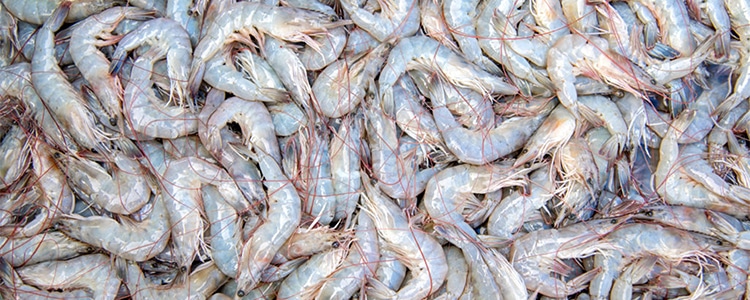Increased Tariffs on Chinese Shrimp: What Is the Effect on Wild American Shrimp?
May 12, 2019

As the Trump administration moves to significantly increase tariffs on imports from China, the impact on Wild American Shrimp appears to be negligible, the executive director of the American Shrimp Processors Association, Dr. David Veal, said Saturday.
“While 90-94% of the shrimp consumed in the U.S. is imported, unlike many products, China’s share of the U.S. shrimp market is very small,” Veal said. “This is not likely to have any effect on the supply or overall price of shrimp.”
On Friday, the administration moved forward with plans to increase tariffs on $200 billion in products from China, including shrimp, from the current 10% to 25%. The move came while U.S. and China negotiators were involved in trade talks in Washington on Friday.
Veal noted that several other countries outpace China in shrimp exports to the U.S.
According to the U.S. Department of Commerce, the U.S. imported a record 1.6 billion pounds of shrimp in 2018. Of that total, China exported 47.7 million pounds of shrimp to the U.S. in 2018, while India, the largest exporter of shrimp to the U.S., exported 628.7 million pounds in 2019, roughly 13 times more than China.
India is growing while China is slowing. In the first three months of 2019, India’s shrimp exports to the U.S. are up 17.6% through March 2019, while China’s exports to the U.S. are down 86.9%.
The next closest countries in 2018 were Indonesia (324.8 million pounds) Ecuador (183.9 million pounds) and Vietnam (128.8 million pounds).
Between 2016 and 2018, total shrimp imports were up 15.5% by quantity and 9.1% by value.
Wild American Shrimp, from the waters of the Gulf of Mexico and the South Atlantic, provide more than 13,000 direct jobs and over $30 million in direct annual wages for U.S. The industry provides even higher numbers of indirect jobs and wages.
Other Chinese imports with increased tariffs include clothing, handbags and electronics.
Suggested Articles
ASPA Fights Back Against Indian Shrimp Imports Made with Forced Labor
Port Arthur, TX (April 16, 2024) The American Shrimp Processors Association (ASPA) is taking aggressive action to combat imports of shrimp from India that were...
Read More April 2024American Shrimp Processors Association Launches Trade Petitions Addressing Unfair Dumping and Illegal Subsidies
Read additional information about the trade petitions, including public copies of ASPA filings. Today, the American Shrimp Processors Association (ASPA) filed trade petitions seeking antidumping...
Read More October 2023Bipartisan Legislation Introduced to Ensure the Availability of Healthy and Safe American Shrimp
WASHINGTON, DC – U.S. Representatives Garret Graves (Louisiana) and Kathy Castor (Florida) introduced legislation to stop unsafe, illegally-produced shrimp from reaching consumers. Much of the shrimp...
Read More August 2023

